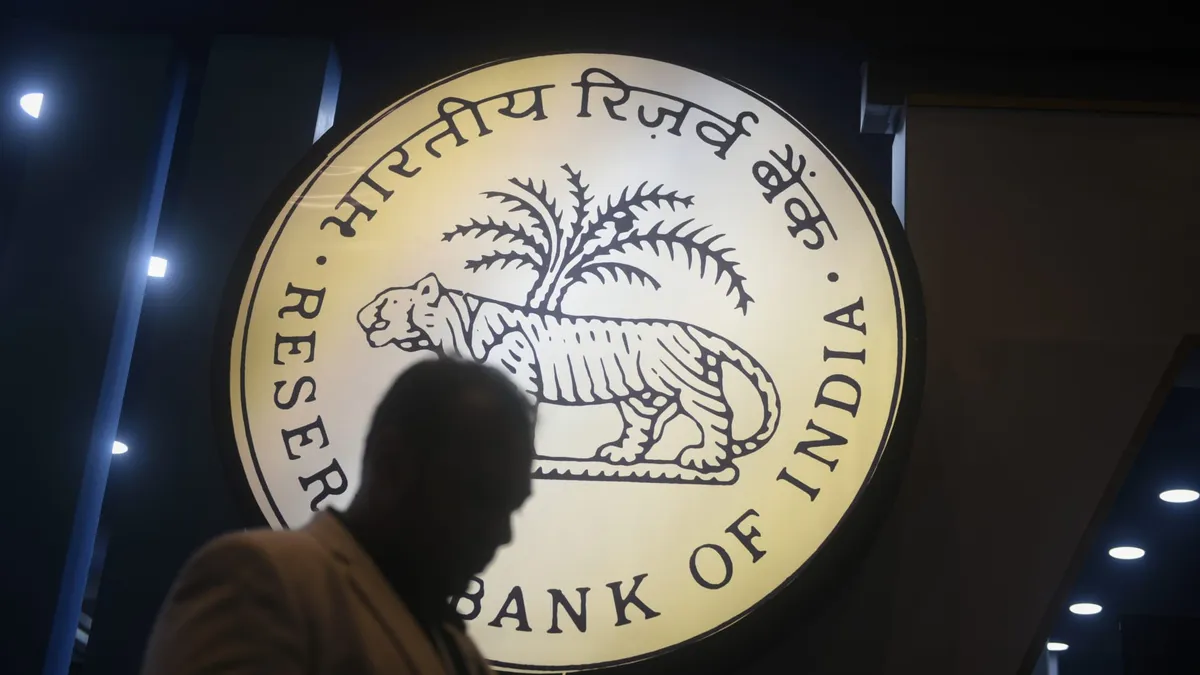
In a significant development, India's central bank has implemented a substantial reduction in its benchmark policy rate, lowering it from 6% to 5.5%. This rate cut marks the lowest level since August 2022 and represents the third consecutive decrease since February of this year. Notably, this decision comes in below the median estimate of 5.75% as predicted by a Reuters poll, highlighting the proactive measures taken by the Reserve Bank of India (RBI) to navigate current economic conditions.
During a livestream announcement, RBI Governor Sanjay Malhotra explained that this decisive action was prompted by a significant softening in inflation rates. He indicated that while the growth outlook has been less than aspirational, particularly in a challenging global environment, the central bank remains optimistic about the Indian economy. The recent GDP growth figures showed a robust year-on-year expansion of 7.4% in the fiscal fourth quarter, surpassing the 6.7% forecast by economists surveyed by Reuters.
Despite the positive GDP growth, the RBI has maintained its full-year GDP estimate at 6.5%, a marked decline from the 9.2% growth experienced in the previous financial year ending in March. Governor Malhotra described the Indian economy as a landscape of strength, stability, and opportunity, even as the RBI acknowledged growth concerns in prior meetings, particularly in light of potential tariffs from the United States.
Another critical factor influencing the RBI's decision is the ongoing decline in India's inflation rates. The latest headline inflation reading for April stood at 3.16%, the lowest recorded since July 2019. In response to these positive trends, the RBI revised its inflation outlook down to 3.7% for the current financial year, a reduction from the earlier estimate of 4%. Governor Malhotra noted that there is potential for inflation to undershoot these targets, as most projections indicate a continued moderation in key commodity prices, including crude oil.
Following this significant rate cut, the RBI has indicated that the room for monetary policy to further support growth is limited. Consequently, the central bank plans to shift its monetary policy stance from accommodative to neutral. Moving forward, the Monetary Policy Committee will diligently assess incoming data and the evolving economic landscape to determine the appropriate future course of monetary policy, ensuring a balanced approach to growth and inflation.
As the RBI navigates these complex economic dynamics, stakeholders will need to stay informed about the implications of these policy changes on the broader economy, investment opportunities, and inflation trends in India.